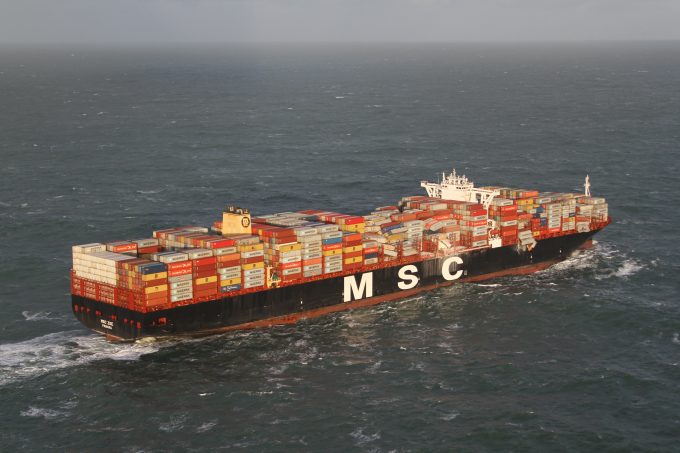MSC orders spark concerns of anti-competitive behaviour and an H2 rate drop
Swiss-headquartered shipping behemoth MSC has added more container ships to its shopping cart, but there ...

Local authorities and residents in The Netherlands remain to be put at ease by Mediterranean Shipping Company’s (MSC) promise to pay for the clean-up on Dutch island and mainland coasts affected after 281 containers fell off the MSC Zoe.
There have also been questions about the ...
CMA CGM South Korean staff strike over bonuses after bumper 2024 profit
MSC switches two more Asia-Europe port calls from congested Antwerp
CMA airline returns two freighters, while ANA takeover of NCA looms
Nightmare for Bangladeshi exporters as congestion and tariffs bite
Tradelanes: Export boom in Indian sub-continent triggers rise in airfreight rates
Carriers introduce surcharges as congestion builds at African ports
Ports and supply chain operators weigh in on funding for CPB
Front-loading frenzy has made traditional H2 peak season 'unlikely'

Comment on this article
Ingvar Bergman
January 09, 2019 at 4:15 pmMSC Zoe incident. The lashing bridges end 5-6 boxes high leaving 7-10 unsupported and probably lashed with wire and shroud only, In some ports unions prohibit crew to work with lashing and is carried out by stevedores to mixed quality. To send crew 20-25 meters above deck to tighten poor lashings in bad weather is something you don’t do.. Why not let the lashing bridges cover 10 high? Is it because the considerable weight of these offset several hundred tons of paying cargo ? Is it time for authorities to amend rules on how to secure cargo in mega-ships ? Fallen boxes are on the rise and soon insurance underwriters will react and reintroduce premium for cargo stowed on deck. That doesn’t cure the problem but maybe increase the awareness of cargo on deck also in the larger ships. In severe weather they do pitch as well and everything shaking and rattling and after 24 hours I can imagine stevedorers lashing work with wire and screw may turn loose and nobody dare to stay on deck – and shouldn’t !
robert
January 10, 2019 at 9:24 pmI cannot believe some of the things I read in these articles regarding lashing and stevedores.
Very easy to blame the stevedores in these situations right?
The first thing to know is that when a third party lashes the vessel it is the crews responsability to sign off on the lashing and to make sure that all lashing rods and turnbuckles are tightened by the lashing men.
Why are they mentioning rows 7..8..and 9….surely it is known that these are no correlated rows?
Also isnt it a conincidence that the containers fell off varios bays and not just one?
In my opinion this is not a lashing issue…. poor cargo planning or navigation.
It is vitually impossible that a vessel of this dimension could leave port without the lashing work up to date.